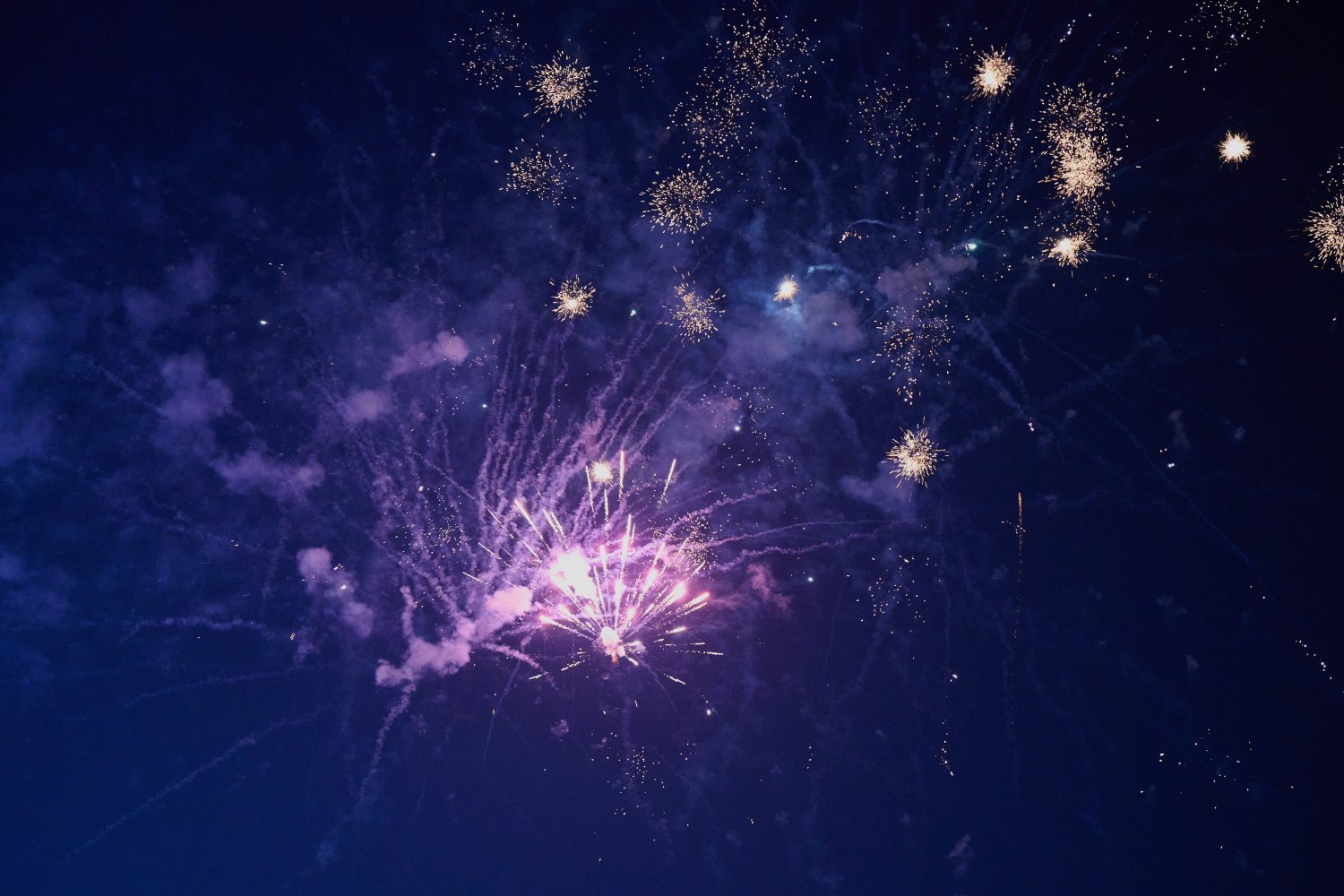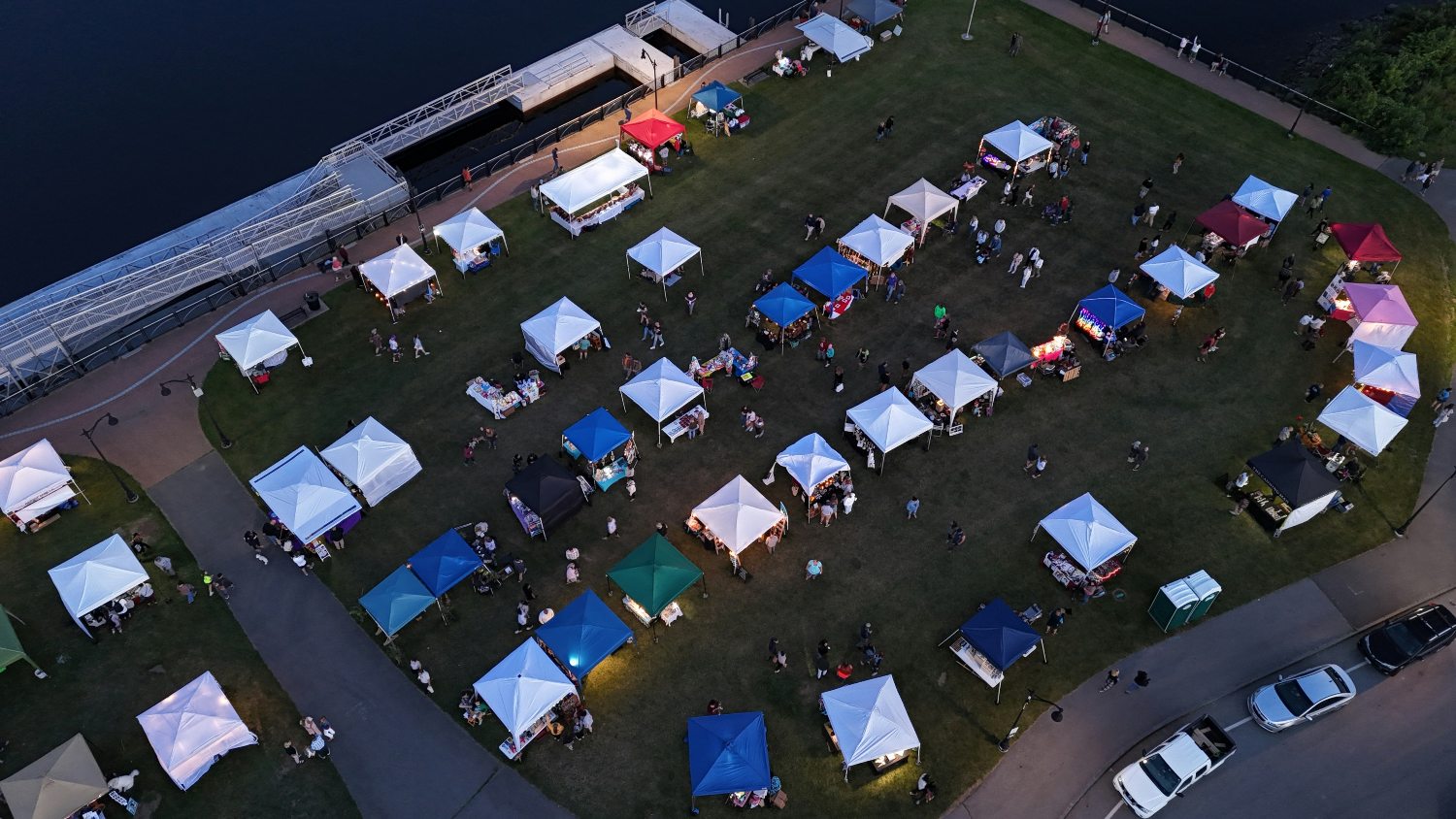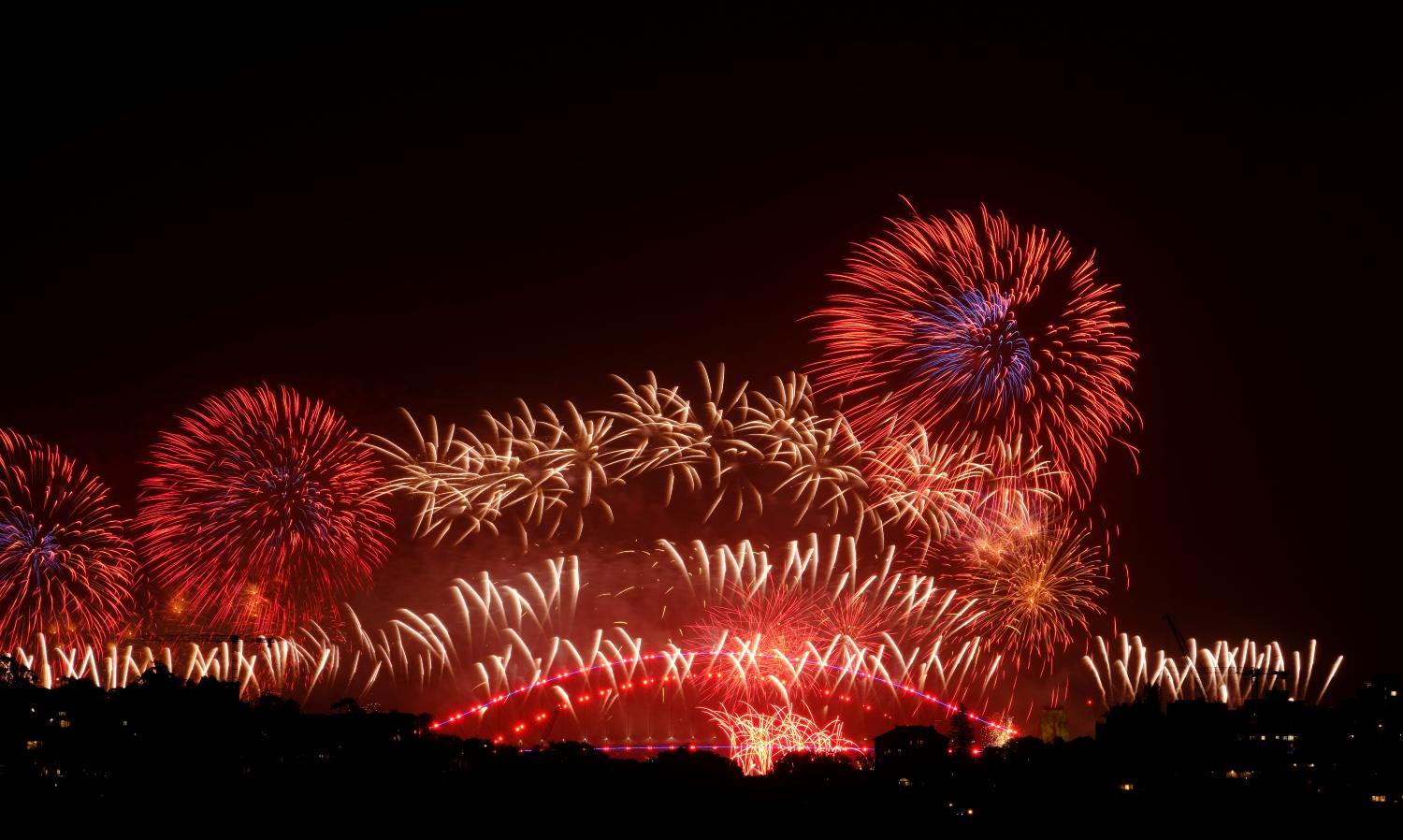Firework Safety Tips
When organising a firework display event, it is a legal requirement that the event conform to health and safety legislation. Health and safety legislation imposes obligations upon the event organiser, including duties in respect to the safety of spectators and structures. Therefore, Risk Management Checklists are essential for organisers to demonstrate due diligience and safety awareness.
The principle duty of the organiser will be to ensure that the firework display itself and any staff or volunteers comply with the relevant health and safety requirements. It is a legal requirement to have insurance in place when running a firework display – and insurers will require up to date, successful risk management. When compiling your risk assessment checklist, ensure each of the following areas are included.
For a full risk assessment template, see Insure Our Event’s Risk Assessment Templates.
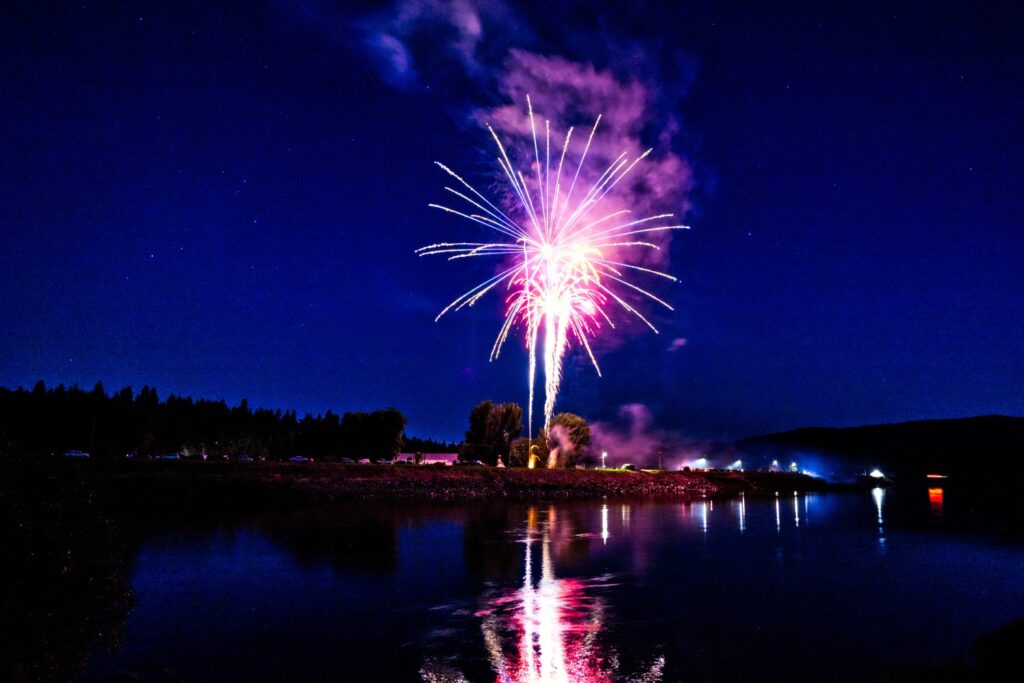
Choosing the right site for a Fireworks Event
The site needs to be suitably large enough to host the display. If you are planning on organising a bonfire, the site needs to accommodate the space and safety zone. Spectator areas need to be large enough to prevent overcrowding, need to be far away enough from the display or firing range, and any possible debris. There should be a minimum distance of 50 meters between the spectator zone and the firing area.
Check for overhead powerlines, nearby roofs, nearby trees and woodland or residential areas. Most likely these areas will mean the site is not suitable. Direction of the wind and the weather, such as being situated upon a floodplain, will need to be reviewed.
Ensure your site has a suitable location to place and store the fireworks. The site also needs to have emergency vehicle access. Many firework display events also incorporate fairgrounds and stallholders. Ensure there is plenty of space for amendments and entertainment to be present.
Safe Firework Operation
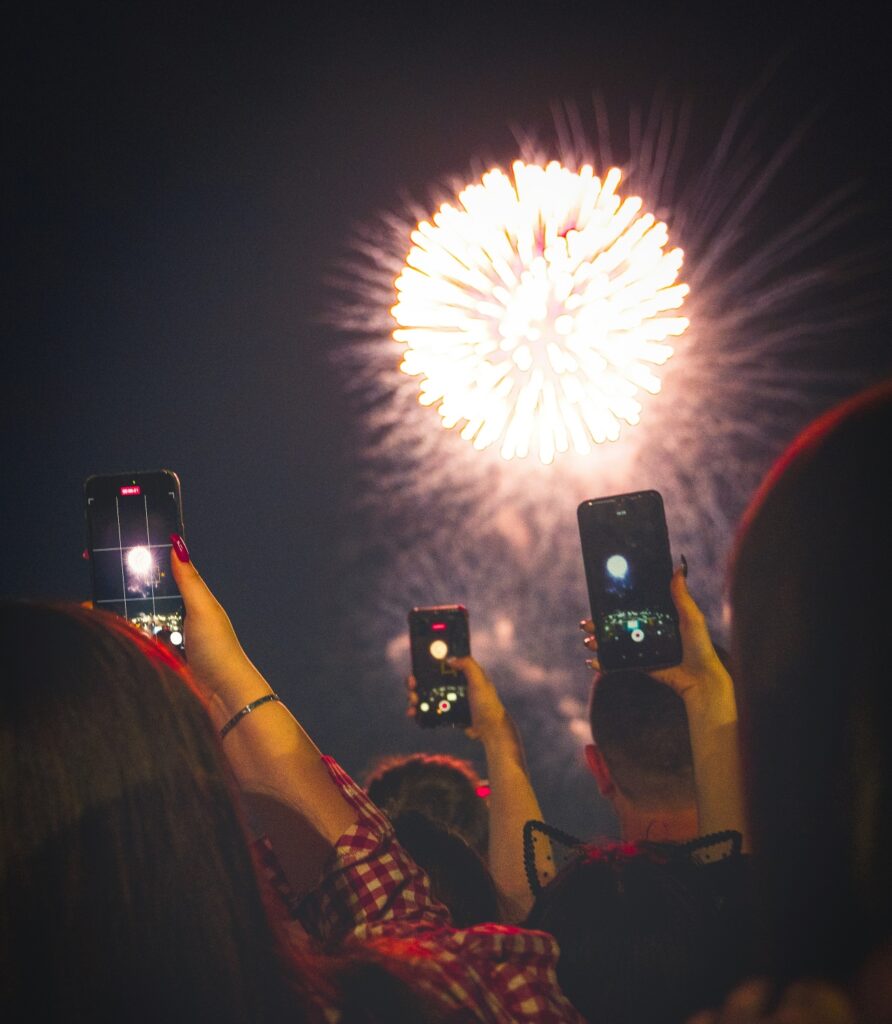
Firework displays need to be fired by a competent display operator (Section 5 Fireworks (Safety) Regulations 1997). Firework operators need to have sufficient knowledge, training and experience. They should administer guidance on how to clear up after an event.
If spectators break the barrier and enter the no-go zone close to the display, the operator needs to be made aware. Use either a siren, speaker or walkie-talkie. The fireworks need to be able to be stopped or paused operation if there is immediate danger to an individual.
Notifying Local Authorities and Emergency Services
When hosting a large event, emergency services need to be informed as to create a dialogue and for help in preparation. If a serious accident were to happen, and emergency services such as paramedics or firefighters or police, have not been foretold, then this could impact a possible claim or legal proceedings. Try to make contact at least 28 days prior to the event.
Consideration they will recommend include; fire extinguishers to be present, sand and buckets of water, at least two spectator exits, suitable litter bins or deposits. Ensure a marked first aid point is present.
Firework Public Liability Risks at Event
A wide range of liability risks need to be address prior to hosting a fireworks event. Large or small event, health and safety need to be managed. The following checklist of safety tips will help to prevent a major incident:
- Fireworks should not be in the possession of anybody under the age of 18
- All fireworks need a CE marking
- Keep fireworks in a closed metal box
- Follow the instructions on each firework
- Never go back or upto a lit firework or debris
- Keep a bucket of water nearby if you are setting off fireworks or sparklers
- Keep pets indoors and away from the safety zone.
- Alcohol and fireworks do not mix and may lead to injury. No alcohol should be consumed by firework operators.
- All children must be supervised while on site.
- Never sell sparklers to a child, or give to a child who is not wearing gloves.
- Have appropriate signage on site, concerning dogs, pets and children.
- Have appropriate signage and volunteers informing of safety zones and no-go zones.
- A public address system needs to be in place for larger displays and events.
Having all these measures in place will reduce the likelihood of an incident. Controlling and monitoring spectators will be essential.

Have Event Insurance in place for Firework Displays
A key part of any event organiser’s checklist needs to be the purchase of effective event insurance. Insurance is necessary to cover the financial costs and legal repercussions consequential of a claim.
Insurance options to consider:
Public liability insurance – Protects against third party damage, accident and injury claims. Large firework display should consider around £10 million worth of public liability cover.
Employers liability insurance – If you have any staff or volunteers working on site, employers liability insurance will cover against a claim made by them for an injury.
Cancellation insurance – Cover your expenses if your event is cancelled or postponed.
Equipment cover – Cover any deposits made for equipment, such as speaker systems. When hiring equipment, this cover is essential.
At Insure Our Event, we understand the magic and thrill that fireworks and bonfires bring to events. However, behind every breathtaking display lies the responsibility of ensuring safety and security. Whether it’s a party, wedding, festival or fair, or even a bonfire event – your firework show needs to be comprehensively insured, and Insure Our Event does it comprehensively and affordably.
Firework event insurance now available from £25. Get a free quote today, and see how much you could save compare to competitors.
